And still he wins! This Jones fella’s one bad mother… Read more


And still he wins! This Jones fella’s one bad mother… Read more

Come on now. You’re archaeologists. Don’t sweat it.

Educational film from a lad in short pants. Be afraid. Be very afraid… Read more
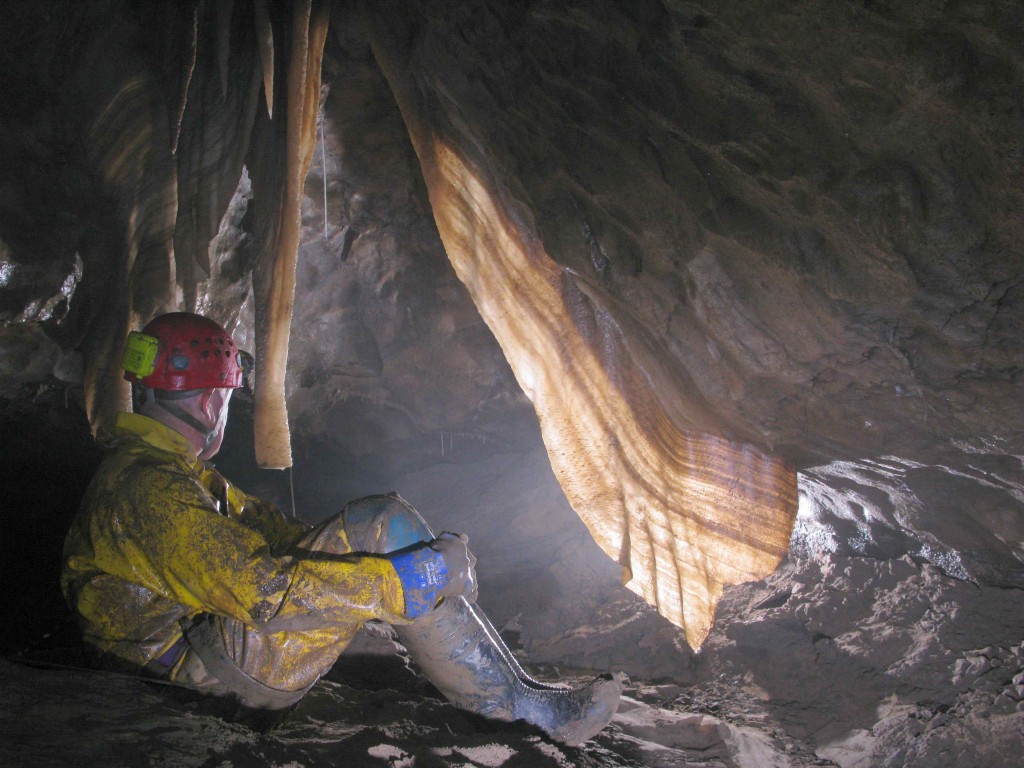
Caves are one of the most investigated site-types in Yorkshire’s limestone uplands, but also the least understood. In the first of this three part series, we report on new projects and links being built between the caving and archaeological communities to protect preserve and research this threatened resource.
Breathtaking archaeological discoveries are made all the time, but rarely are they made by dogs. One early summer evening in 1837 – not long before the accession of the young Queen Victoria – a Yorkshire Terrier chased a rabbit into what appeared to be a normal foxhole, only to find himself stuck in one of the finest, archaeologically-rich caves thus far unearthed. Inching his way into the narrow passage to retrieve his hapless hound, Michael Horner recovered numerous Roman coins and metalwork.
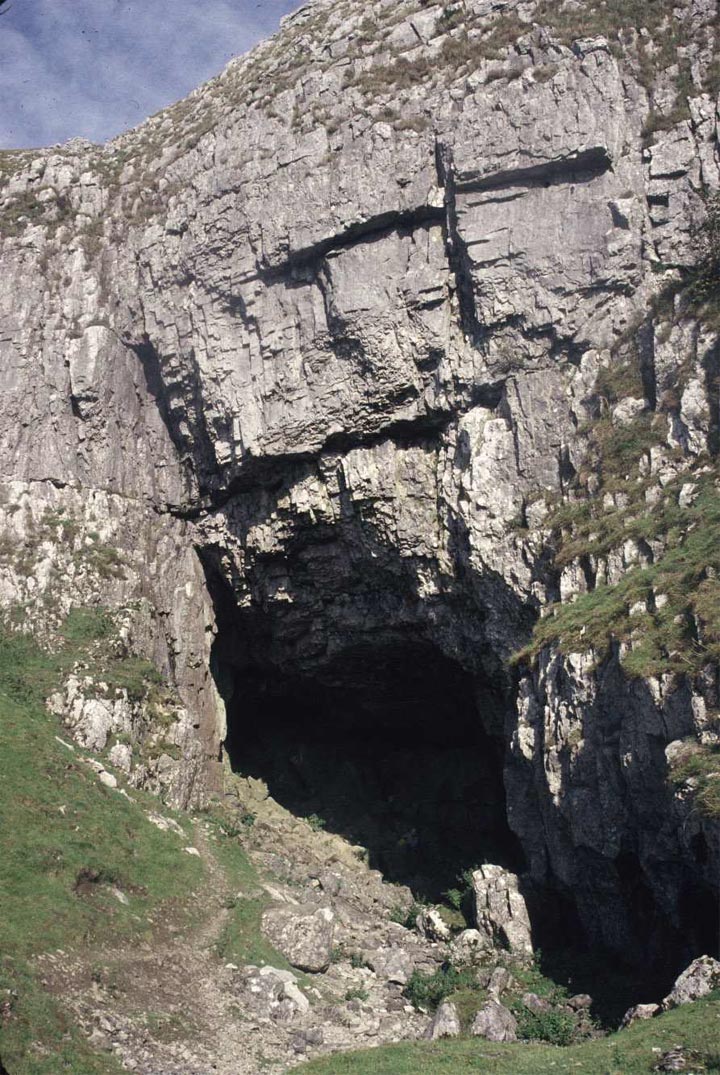
The cave became the site of major excavations, systematically emptied of many metric tonnes of archaeological deposit, turning quickly from a terrier-sized space to the vast chamber visitors can see today. Even still, Victoria Cave fared better than many other early cave excavations in the north of England: the great hunt was on for the ‘missing link’ following the discovery of primitive human remains in the Neander valley in Germany. The 18th century tourist trade kindled the first wave of interest, with affluent gentry making the tour to the Lake District stopping to enjoy the crags and caves of the Dales on the way. The 19th century saw vast earth-moving excavations take place at cave sites like Victoria, Elbolton Cave, and in the earlier 20th century along Giggleswick Scar at Sewells, Greater and Lesser Kelco, and Kinsey Cave.
Early cave excavations were driven by the rivalry of major participants – Boyd Dawkins and Richard Tiddeman in the 1870s, and Wilfred Jackson and Arthur Raistrick in the 1930s.
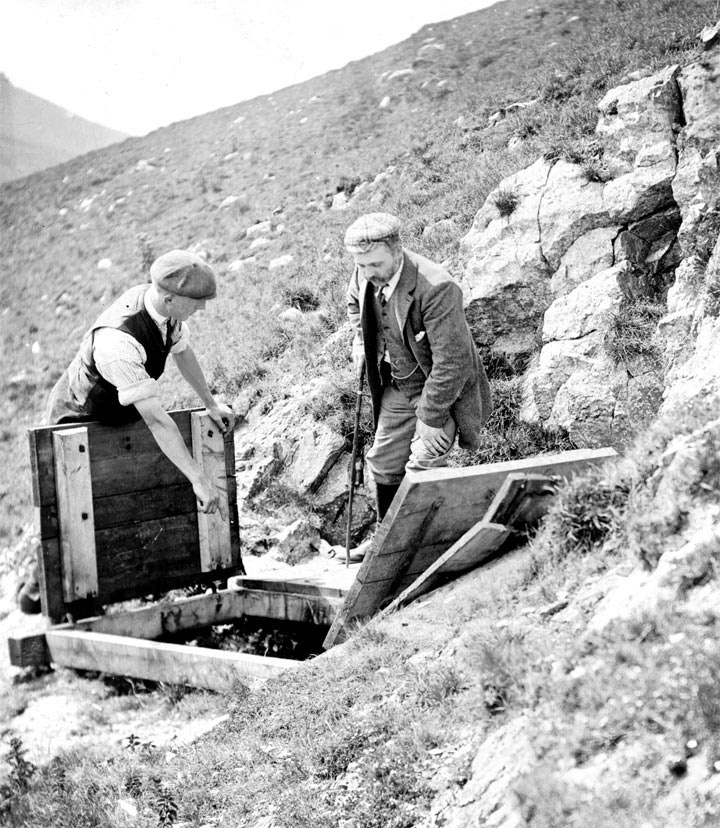
‘Cave Hunting,’ by Boyd Dawkins, captures the spirit of the times when large collections of bioarchaeological and archaeological remains were built up by societies, field clubs and individuals. Unfortunately much of this data was kept in private hands, and has subsequently been lost, along with any records that may have been made regarding excavation methods and stratigraphy.
Despite the problems with these early excavations, enough evidence survives to suggest that caves and overhanging rock shelters in the north of England were used and reused from the Upper Palaeolithic to the Medieval period. Caves act as natural sediment traps, preserving remains of past human activities that would otherwise have been removed by glaciations on open-air sites. All the more alarming then, that when two archaeologists visited nearby Kinsey Cave in 2005 (originally discovered in the 1870s, and known to contain Upper Palaeolithic archaeology) they discovered freshly exposed human and animal bone.
Cold Case Archaeology
Cave archaeology has entered an exciting period with the development of new scientific techniques such as AMS radiocarbon dating, stable light isotope analysis and OSL dating. These advances enable archaeologists to reassess existing museum archives and collections, whilst underpinning a high-tech approach to strategic and targeted excavation. The disturbed human bone at Kinsey Cave offered an opportunity to employ new technical methods to re-analyse the cave as a repository for Palaeolithic burials; but the first step was to establish who, or what, had been tampering with the cave.
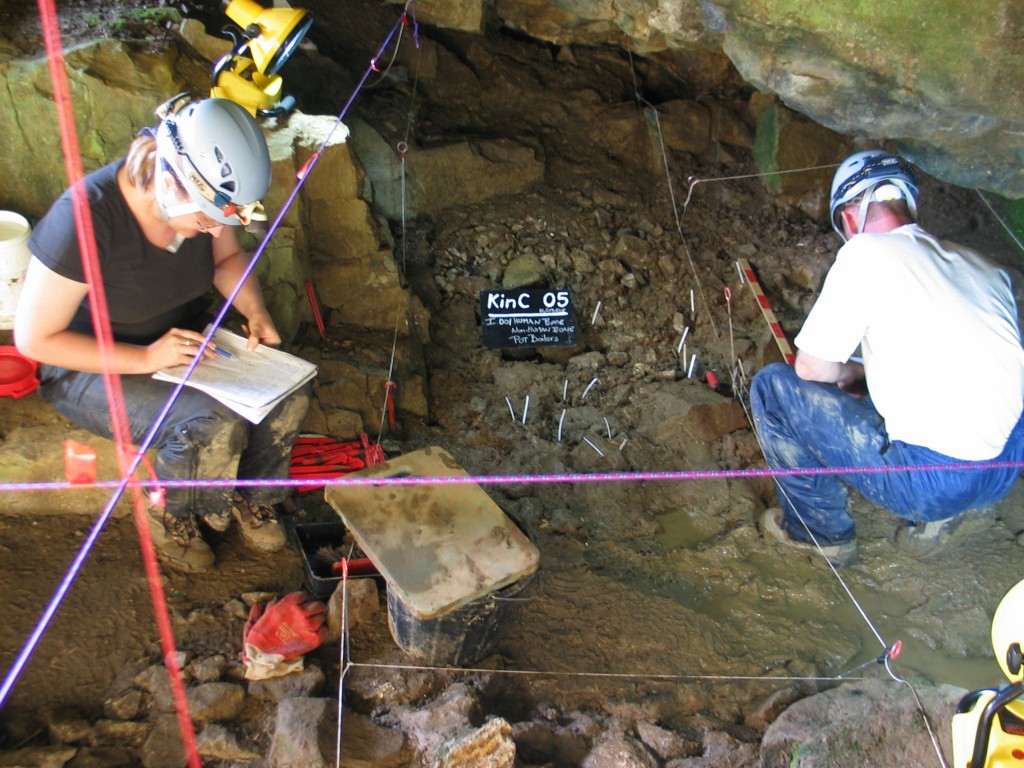
By nature, cave sites are vulnerable to damage by both people and animals, as destinations for ramblers, dog walkers, cavers, climbers and those wishing to use the site for other purposes such as metal detecting, campfire parties or rough sleeping. The major natural threat is from burrowing animals like badgers, and whilst there was no evidence of human disturbance at Kinsey Cave, it looked increasingly likely that the site was an active badger set.
Fresh tracks were found, as well as remnants of badger fur, bedding, and various freshly dug passageways in close proximity to the disturbed bones. Given the archaeological potential of the undisturbed material that still survived in the cave, Dr Timothy Taylor from the University of Bradford put together a rescue team comprised of caving specialists and archaeologists, supported with funding from English Heritage, to devise a cold case investigation.
What happened next? Tune in next Friday for part 2 in this three part series…
Postscript – How to make a cave
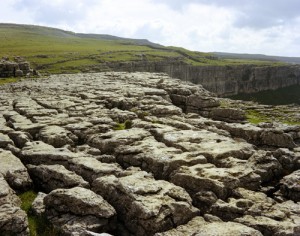
The popular impression of unspoilt scenery beloved by visitors to the Yorkshire Dales National Park is a far cry from the reality of a landscape that has been altered almost beyond recognition, exemplified by the enigmatic black holes one occasionally sees leading deep into the limestone hillside. Elemental forces created caves during the Ice Age, but their continued use during prehistory and systematic ‘emptying out’ by Victorian excavators makes them equally artefacts of human intervention.
The process began 350 million years ago, when the region’s principle bedrock, Great Scar Limestone, formed from coral on the bed of a subtropical sea. The main outcrops were first exposed 2 million years ago. Alternating climatic conditions throughout the Ice Age resulted in contrasting types of erosion. During warm interglacials, water would be the main agency of change, enlarging tiny cracks in the limestone to make gaping fissures and cave systems. When the ice returned, the valleys were deepened, leaving fossil cave systems high and dry. An abundance of water flowed into lower cave systems, leaving relict caves as ideal repositories for deep archaeological and natural sediments.

These deposits were crucially protected from later periods of glaciation, when the same forces re-sorted, removed and greatly disturbed contemporary Pleistocene open air sites. At Victoria Cave, excavators found a series of ‘cave earths’ containing large quantities of animal bone separated by successive layers of clay – evidence for a changing glacial landscape dating back 600,000 years. The earliest of these bones included hippos, narrow-nosed rhino and elephants. They lived in a warm interglacial (subsequently dated by modern techniques to the Upper Pleistocene, approximately 120,000 years ago) and were probably scavenged by spotted hyenas using the cave as a den. The upper deposits were laid down at the end of the Ice Age, and contained brown bear, lynx, and reindeer bones, and crucially, the first evidence for humans in the Yorkshire Dales: an 14,000-year-old implement carved from reindeer bone.
Read Part Two Here…
or download the full article here…